Home>Articles>What Is The Best Fertilizer For St Augustine Grass
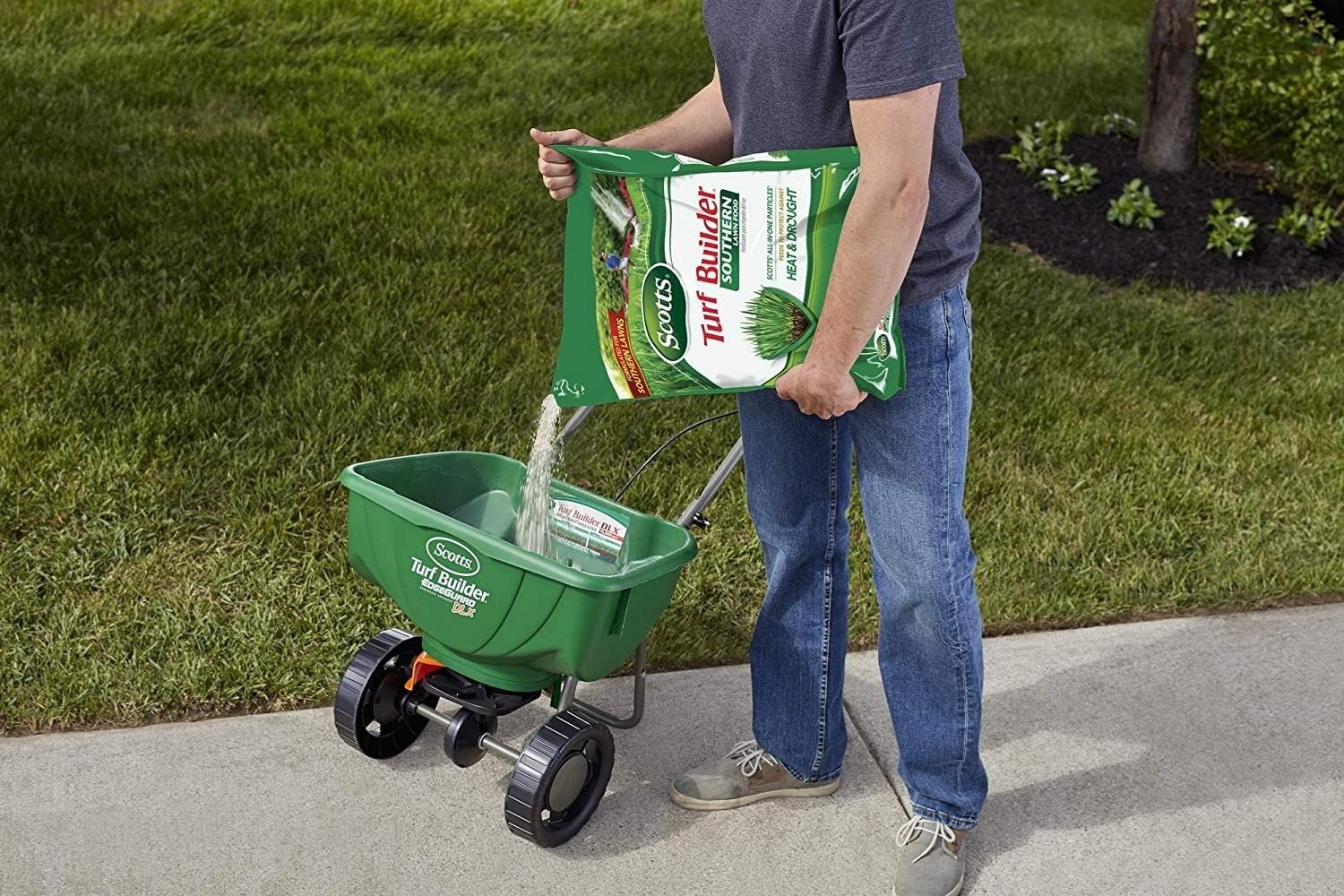

Articles
What Is The Best Fertilizer For St Augustine Grass
Modified: January 9, 2024
Discover the top articles about the best fertilizer for St Augustine grass. Get expert tips and advice on how to nurture your lawn for optimal growth and greenery.
(Many of the links in this article redirect to a specific reviewed product. Your purchase of these products through affiliate links helps to generate commission for Storables.com, at no extra cost. Learn more)
Introduction
Welcome to our comprehensive guide on the best fertilizer for St Augustine grass. If you’re a proud St Augustine grass owner, you already know that it requires special care to thrive and maintain its lush and vibrant appearance. One essential aspect of caring for St Augustine grass is providing it with the right nutrients through proper fertilization.
St Augustine grass is a warm-season grass variety that is commonly found in southern parts of the United States. It is renowned for its ability to create a dense and luxurious lawn, making it a popular choice for homeowners. However, this type of grass requires regular maintenance, including the application of fertilizer to ensure its optimal growth.
In this guide, we will explore the importance of fertilizing St Augustine grass and provide you with valuable tips on choosing the best fertilizer for your lawn. We’ll also discuss the different types of fertilizers available, including both organic and synthetic options. Additionally, we will recommend some of the top fertilizer brands that are known for their effectiveness in promoting healthy St Augustine grass.
Whether you’re a seasoned gardener or a novice lawn enthusiast, this guide will equip you with the knowledge to properly nourish and care for your St Augustine grass, leading to a lawn that will be the envy of the neighborhood.
Key Takeaways:
- Proper fertilization of St Augustine grass is crucial for promoting lush growth, vibrant color, and resilience to stress and disease. Understanding the grass’s needs and choosing the right fertilizer can lead to a healthy and visually appealing lawn.
- When fertilizing St Augustine grass, it’s important to follow a schedule, apply the correct amount of fertilizer, and avoid common mistakes such as over-fertilizing and ignoring soil test results. By considering environmental impact and choosing reputable fertilizer brands, you can ensure optimal results and sustainability.
The Importance of Fertilizing St Augustine Grass
Fertilizing St Augustine grass is crucial for maintaining its health, vigor, and vibrant green color. Here are some key reasons why fertilizing is essential for the overall well-being of your St Augustine grass:
- Promotes Growth and Density: St Augustine grass requires essential nutrients to grow thick and lush. Fertilizers provide these nutrients, including nitrogen, phosphorus, and potassium, which are vital for root development, leaf growth, and overall plant health. Regular fertilization encourages robust growth and helps achieve a dense and full lawn.
- Enhances Color and Appearance: Fertilizing St Augustine grass helps maintain its vibrant green color, improving the aesthetic appeal of your lawn. Nitrogen in fertilizers plays a crucial role in enhancing chlorophyll production, which is responsible for the grass’s green pigment.
- Strengthens Resistance to Stress and Disease: Well-fed St Augustine grass is better equipped to withstand environmental stressors, such as drought, extreme temperatures, and foot traffic. Fertilizers provide the necessary nutrients to boost the grass’s immune system, making it more resistant to diseases, pests, and weed infestation.
- Improves Overall Health: Just like any living organism, St Augustine grass requires a balanced diet to thrive. Fertilizers supplement the soil with essential nutrients that may be deficient, ensuring the grass has all it needs to maintain optimal health.
- Repairs Damaged Areas: Fertilizing is particularly beneficial for repairing damaged or thinning areas of St Augustine grass. Fertilizers promote faster recovery, helping fill in bare patches and creating a more uniform and visually pleasing lawn.
By consistently fertilizing your St Augustine grass, you are giving it the best chance to reach its full potential. It will not only look beautiful but also be more resilient, healthier, and better equipped to withstand various challenges.
Understanding St Augustine Grass
Before diving into the specifics of fertilizing St Augustine grass, it’s important to have a basic understanding of the grass variety itself. St Augustine grass, scientifically known as Stenotaphrum secundatum, is a warm-season grass that is native to the Gulf Coast region of the United States and the Caribbean.
St Augustine grass is known for its lush, dense growth and ability to create a beautiful and uniform lawn. It has wide, flat blades with a dark green color and a coarse texture. This grass variety thrives in warm, humid climates and is well-suited for the southern parts of the United States.
Here are a few key characteristics of St Augustine grass:
- Growth Habits: St Augustine grass spreads through above-ground stolons, also known as runners, that develop roots at nodes and produce new plants.
- Shade Tolerance: While St Augustine grass prefers full sun, it has a moderate tolerance for light shade. However, it may struggle to thrive in dense, heavy shade.
- Drought Resistance: St Augustine grass has a moderate tolerance for drought but requires regular watering during dry periods to maintain its health and vigor.
- Feeding Requirements: St Augustine grass has relatively high nutrient requirements, especially for nitrogen, to sustain its vigorous growth. Regular fertilization is necessary to provide these essential nutrients.
- Susceptibility to Diseases and Pests: St Augustine grass can be susceptible to certain diseases, including brown patch and gray leaf spot, as well as pests like chinch bugs and armyworms. Proper maintenance and care, including fertilization, can help reduce the risk of these issues.
Understanding the characteristics and growth habits of St Augustine grass can help you better care for your lawn and make informed decisions about fertilization and other maintenance practices. By tailoring your lawn care routine to the specific needs of St Augustine grass, you can ensure a healthy and vibrant lawn that will be the envy of your neighbors.
Factors to Consider when Choosing Fertilizer for St Augustine Grass
Choosing the right fertilizer for your St Augustine grass is essential to provide it with the necessary nutrients for healthy growth. Here are some important factors to consider when selecting a fertilizer:
- Nutrient Composition: Look for fertilizers that have a balanced nutrient composition, with a focus on nitrogen (N), phosphorus (P), and potassium (K). St Augustine grass typically requires higher amounts of nitrogen for lush growth, so choose a fertilizer with a higher nitrogen content.
- Solubility: Fertilizers come in different forms, including granular, liquid, and slow-release. Granular fertilizers are convenient and easy to apply, while liquid fertilizers offer faster absorption. Slow-release fertilizers provide a steady supply of nutrients over an extended period. Consider your preference and the specific needs of your lawn when choosing the solubility of the fertilizer.
- Seasonal Timing: St Augustine grass has different fertilizer requirements depending on the season. It is important to choose a fertilizer that is suitable for the specific time of year. For example, a fertilizer with a higher nitrogen content is recommended for the active growth period, while a fertilizer with a balanced nutrient composition may be more suitable for the cooler months.
- Soil Test Results: Conducting a soil test can provide valuable insights into the nutrient levels and pH balance of your soil. Based on the results, you can choose a fertilizer that addresses any deficiencies or imbalances. Soil tests can be performed through your local agriculture extension office or with a home soil testing kit.
- Slow-Release Formulation: Consider choosing a slow-release fertilizer for St Augustine grass. These fertilizers release nutrients gradually, providing a sustained and steady supply to the grass over time. Slow-release formulations are particularly effective in reducing the risk of nutrient leaching and minimizing the need for frequent applications.
- Environmental Impact: It is important to select an environmentally friendly fertilizer that minimizes the risk of nutrient runoff and contamination of water bodies. Look for fertilizers that contain slow-release or controlled-release nitrogen sources, as they are more environmentally sustainable.
By taking these factors into account, you can make an informed decision when selecting a fertilizer for your St Augustine grass. Remember, a well-chosen fertilizer will provide the necessary nutrients to promote healthy growth while minimizing the risk of nutrient imbalances or environmental harm.
Organic Fertilizers for St Augustine Grass
Organic fertilizers are an excellent choice for those looking to provide their St Augustine grass with nutrients in a natural and environmentally friendly way. Here are some common types of organic fertilizers that are suitable for St Augustine grass:
- Compost: Compost is a nutrient-rich organic fertilizer made from decomposed organic matter, such as leaves, grass clippings, and kitchen scraps. It adds organic matter to the soil, improves its structure, and slowly releases nutrients to the grass.
- Blood Meal: Blood meal is a dry organic fertilizer made from dried animal blood. It is a good source of nitrogen and can help promote healthy leaf growth in St Augustine grass. However, it should be used sparingly due to its high nitrogen content.
- Bone Meal: Bone meal is a slow-release organic fertilizer made from finely ground animal bones. It is a good source of phosphorus and calcium, both of which are essential for root development and overall plant health.
- Fish Emulsion: Fish emulsion is a liquid organic fertilizer made from fish byproducts. It is rich in nitrogen, phosphorus, and trace minerals. Fish emulsion is readily absorbed by the grass and provides quick results.
- Seaweed or Kelp Extracts: Seaweed or kelp extracts are derived from seaweed or kelp and are rich in micronutrients, amino acids, and growth-promoting hormones. They help stimulate root growth, enhance stress tolerance, and improve overall plant health.
When using organic fertilizers, it’s important to keep in mind that they may take longer to show results compared to synthetic fertilizers. However, they provide long-lasting benefits by improving soil health and promoting sustainable and natural growth.
Before applying any organic fertilizer, it’s advisable to read and follow the manufacturer’s instructions. Additionally, it’s a good idea to have your soil tested to determine any nutrient deficiencies and adjust the application of organic fertilizers accordingly.
Overall, organic fertilizers are a great option for those who prefer a more natural approach to lawn care. They provide the necessary nutrients while also promoting the long-term health and sustainability of your St Augustine grass.
The best fertilizer for St. Augustine grass is one with a high nitrogen content and a balanced ratio of other essential nutrients like phosphorus and potassium. Look for a fertilizer specifically formulated for St. Augustine grass and follow the application instructions carefully for best results.
Read more: How To Fertilize St. Augustine Grass
Synthetic Fertilizers for St Augustine Grass
Synthetic fertilizers are manufactured fertilizers that provide St Augustine grass with the necessary nutrients in a concentrated and easily absorbed form. While they are not as environmentally friendly as organic fertilizers, they offer certain advantages, such as precise nutrient control and fast results. Here are some common types of synthetic fertilizers suitable for St Augustine grass:
- Complete Fertilizers: Complete fertilizers are formulated to provide a balanced combination of nitrogen (N), phosphorus (P), and potassium (K). They are labeled with three numbers indicating the percentage of each nutrient. For example, a 10-10-10 fertilizer has 10% nitrogen, 10% phosphorus, and 10% potassium. These ratios are ideal for promoting overall growth and health of St Augustine grass.
- Nitrogen-Only Fertilizers: Nitrogen is the most important nutrient for promoting lush green growth in St Augustine grass. Nitrogen-only fertilizers have a high percentage of nitrogen, such as 30-0-0 or 46-0-0. These are ideal for promoting rapid leaf growth and enhancing the vibrant color of the grass.
- Slow-Release Fertilizers: Slow-release fertilizers provide a controlled release of nutrients over an extended period. They come in various forms, including coated or encapsulated granules. Slow-release fertilizers ensure a steady supply of nutrients to the St Augustine grass, reducing the risk of nutrient leaching and providing longer-lasting results.
- Quick-Release Fertilizers: Quick-release fertilizers, also known as soluble fertilizers, are highly soluble and provide nutrients that are readily available to the grass. They are ideal for addressing immediate nutrient deficiencies and promoting rapid growth and greening. However, they should be used with caution to avoid over-fertilization and the risk of nutrient burn.
- Micronutrient Fertilizers: St Augustine grass requires small amounts of micronutrients, such as iron, manganese, and zinc, for optimal growth. Micronutrient fertilizers are specially formulated to provide these essential trace elements, ensuring the grass has access to all the necessary nutrients.
When using synthetic fertilizers, it’s important to carefully follow the manufacturer’s instructions regarding application rates and timing. Over-fertilization can lead to nutrient imbalances, excessive growth, and even damage to the St Augustine grass.
It’s also worth noting that synthetic fertilizers can contribute to water pollution if not applied properly. To minimize the risk of runoff, avoid applying fertilizers before heavy rainfall or on sloping surfaces. Sweep any fertilizer that falls onto hard surfaces back onto the lawn to prevent it from reaching storm drains or water bodies.
Synthetic fertilizers offer a convenient and controlled way to provide St Augustine grass with the necessary nutrients for healthy growth. When used responsibly and in moderation, they can help maintain a vibrant and thriving lawn.
Best Fertilizer Brands for St Augustine Grass
When it comes to choosing a fertilizer for your St Augustine grass, selecting a reliable and reputable brand is crucial. Here are some of the best fertilizer brands that are known for their effectiveness in promoting healthy growth in St Augustine grass:
- Scotts: Scotts is a well-known and trusted brand that offers a range of lawn care products, including fertilizers. Their Turf Builder Southern Triple Action fertilizer is specifically formulated for Southern lawns, including St Augustine grass. It provides nutrition, kills weeds, and prevents fire ants, making it an all-in-one solution.
- Miracle-Gro: Miracle-Gro is another popular brand that offers a variety of fertilizers for different lawn types. For St Augustine grass, their All-Purpose Lawn Food is an excellent choice. It contains essential nutrients for greening and thickening the grass, delivering fast results.
- Pennington: Pennington is a trusted name in lawn care, and their UltraGreen Lawn Fertilizer is highly recommended for St Augustine grass. This fertilizer is formulated with iron, nitrogen, and other essential nutrients to enhance color and promote healthy growth.
- Andersons: The Andersons is known for its high-quality lawn fertilizers, and their Humichar Super Fine Organic Fertilizer is a great option for St Augustine grass. It combines the benefits of organic matter and humic acid, improving soil structure, nutrient retention, and overall turf health.
- Lesco: Lesco is a professional-grade brand trusted by many lawn care experts. Their 24-2-11 St Augustine Starter Fertilizer is specifically designed for planting new St Augustine grass or revitalizing existing lawns. It provides the ideal balance of nutrients for establishing strong roots and promoting vigorous growth.
These brands have a solid reputation in the lawn care industry and offer fertilizers that are tailored to the specific needs of St Augustine grass. It’s important to note that availability may vary based on your location, so check with local garden centers or home improvement stores to find these brands or similar products.
Remember, when selecting a fertilizer brand, consider factors such as the nutrient composition, solubility, and any specific needs identified through soil testing. By choosing a trusted brand and using their recommended products, you can ensure your St Augustine grass receives the best care and nutrition it needs to flourish.
Tips for Properly Fertilizing St Augustine Grass
Fertilizing St Augustine grass is an important part of maintaining a healthy and vibrant lawn. Here are some tips to help you properly fertilize your St Augustine grass:
- Follow a Fertilization Schedule: St Augustine grass typically benefits from fertilization three to four times a year. Follow a schedule that aligns with the grass’s active growth periods, such as early spring, late spring, summer, and early fall.
- Apply the Right Amount: Read the label instructions of the fertilizer to determine the appropriate application rate. Avoid applying excessive amounts of fertilizer, as this can lead to nutrient burn and harm the grass. Using a spreader can help ensure an even application.
- Mow before Fertilizing: It’s best to mow the lawn a day or two before applying fertilizer. This allows the fertilizer to come in direct contact with the soil, ensuring better absorption and minimizing the risk of the fertilizer sticking to the blades of grass.
- Water the Lawn: Water the lawn lightly before applying fertilizer. This helps the fertilizer settle into the soil and prevents burning the grass. It also ensures that the nutrients in the fertilizer are readily available for the St Augustine grass to absorb.
- Water the Lawn after Fertilizing: After applying the fertilizer, water the lawn thoroughly. This helps activate the nutrients and allows them to penetrate the soil, reaching the grass’s roots. Watering also helps reduce the risk of fertilizer burn.
- Consider Slow-Release Fertilizers: Slow-release fertilizers are particularly suitable for St Augustine grass. They provide a steady and consistent supply of nutrients over time, reducing the risk of nutrient leaching and minimizing the need for frequent applications.
- Avoid Fertilizing during Extreme Heat: It’s best to avoid fertilizing St Augustine grass during extreme heat conditions. High temperatures can stress the grass, and applying fertilizer during these periods can further exacerbate the stress. Instead, wait for cooler temperatures to apply fertilizers.
- Overcome Weed Issues before Fertilizing: If your lawn is heavily infested with weeds, it’s recommended to address weed issues before applying fertilizer. Weeds compete with the St Augustine grass for nutrients, and fertilizing before weed control may not yield effective results.
- Follow Environmental Guidelines: Be mindful of environmental considerations when fertilizing. Avoid applying fertilizers near water sources, such as lakes or rivers, to prevent potential runoff. Also, clean up any excess fertilizer that may have fallen onto hard surfaces to prevent it from reaching storm drains.
By following these tips, you can ensure that your St Augustine grass receives the right amount of nutrients at the appropriate times, promoting healthy growth and maintaining a lush and vibrant lawn.
Common Mistakes to Avoid when Fertilizing St Augustine Grass
Fertilizing St Augustine grass is essential for its health and growth, but it’s important to do it correctly to avoid common mistakes that can harm the grass. Here are some common mistakes to avoid when fertilizing St Augustine grass:
- Over-Fertilizing: Applying too much fertilizer can lead to nutrient burn and damage the St Augustine grass. Always follow the recommended application rates provided on the fertilizer label. More is not always better when it comes to fertilization.
- Under-Fertilizing: On the other hand, under-fertilizing can result in nutrient deficiencies and weak grass growth. Follow a proper fertilization schedule and provide your St Augustine grass with the necessary nutrients it needs for optimal health and appearance.
- Fertilizing During Extreme Heat: Fertilizing during extreme heat can stress the grass even further. It’s best to wait for cooler temperatures before applying fertilizer to avoid damaging the St Augustine grass.
- Applying Fertilizer to Wet Grass: Applying fertilizer to wet or damp grass can cause the granules to stick to the blades, leading to burning. Make sure the grass is dry, and if necessary, lightly water it before applying the fertilizer to help with absorption.
- Not Watering After Fertilizing: It’s crucial to water the lawn thoroughly after fertilizing. This helps activate the fertilizer and allows the nutrients to reach the grass’s roots. Failure to water after fertilization can limit nutrient absorption and may lead to fertilizer burn.
- Applying Fertilizer on Slopes: Fertilizers are prone to runoff, especially on sloped areas. Avoid fertilizing on slopes to prevent the fertilizer from washing away and polluting nearby water sources. Opt for alternatives like slow-release fertilizers that minimize the risk of runoff.
- Ignoring Soil Test Results: Conducting a soil test is crucial to identify any underlying nutrient deficiencies or imbalances. Ignoring the test results can lead to inadequate fertilization or overdoing certain nutrients, impacting the overall health of St Augustine grass. Adjust your fertilization approach based on the soil test recommendations.
- Not Addressing Weed Issues: Fertilizers alone may not effectively control weeds. It’s important to address weed issues before fertilizing to avoid them competing for nutrients with the St Augustine grass. Use appropriate weed control methods in conjunction with fertilization for optimal results.
- Applying Fertilizer too Close to Water Sources: Avoid applying fertilizers near water sources like lakes, rivers, or storm drains. Excessive fertilizer runoff can lead to water pollution and harm aquatic ecosystems. Follow environmental guidelines and be mindful of the potential impact on the environment.
By avoiding these common mistakes, you can ensure that your St Augustine grass receives the right amount of fertilizer at the appropriate times, promoting its health, vigor, and overall visual appeal.
Read more: When To Fertilize St. Augustine Grass
Conclusion
Fertilizing St Augustine grass is an important aspect of maintaining a healthy and vibrant lawn. By providing the right nutrients at the right time, you can ensure that your St Augustine grass thrives and maintains its lush and green appearance. Whether you choose organic or synthetic fertilizers, following proper fertilization practices is key to achieving optimal results.
Understanding the unique characteristics of St Augustine grass, such as its growth habits, shade tolerance, and nutrient requirements, is essential in selecting the right fertilizer. Factors such as nutrient composition, solubility, and slow-release formulations should be taken into consideration to ensure the grass receives the necessary nutrients in the most effective manner.
Some of the best fertilizer brands specifically formulated for St Augustine grass include Scotts, Miracle-Gro, Pennington, Andersons, and Lesco. These reputable brands offer fertilizers that address the specific needs of St Augustine grass, promoting healthy growth and maintaining a vibrant lawn.
When fertilizing your St Augustine grass, it’s important to follow a proper schedule, apply the correct amount of fertilizer, and avoid common mistakes such as over-fertilizing, under-fertilizing, and applying fertilizer during extreme heat. Watering the lawn before and after fertilizing, addressing weed issues, and considering environmental guidelines will further enhance the effectiveness and sustainability of your fertilization practices.
In conclusion, fertilizing St Augustine grass is a critical component of its care and maintenance. By understanding the grass’s needs, selecting the appropriate fertilizer, and following proper fertilization practices, you can ensure a healthy, vibrant, and envy-worthy lawn that will be the pride of your neighborhood.
Frequently Asked Questions about What Is The Best Fertilizer For St Augustine Grass
Was this page helpful?
At Storables.com, we guarantee accurate and reliable information. Our content, validated by Expert Board Contributors, is crafted following stringent Editorial Policies. We're committed to providing you with well-researched, expert-backed insights for all your informational needs.
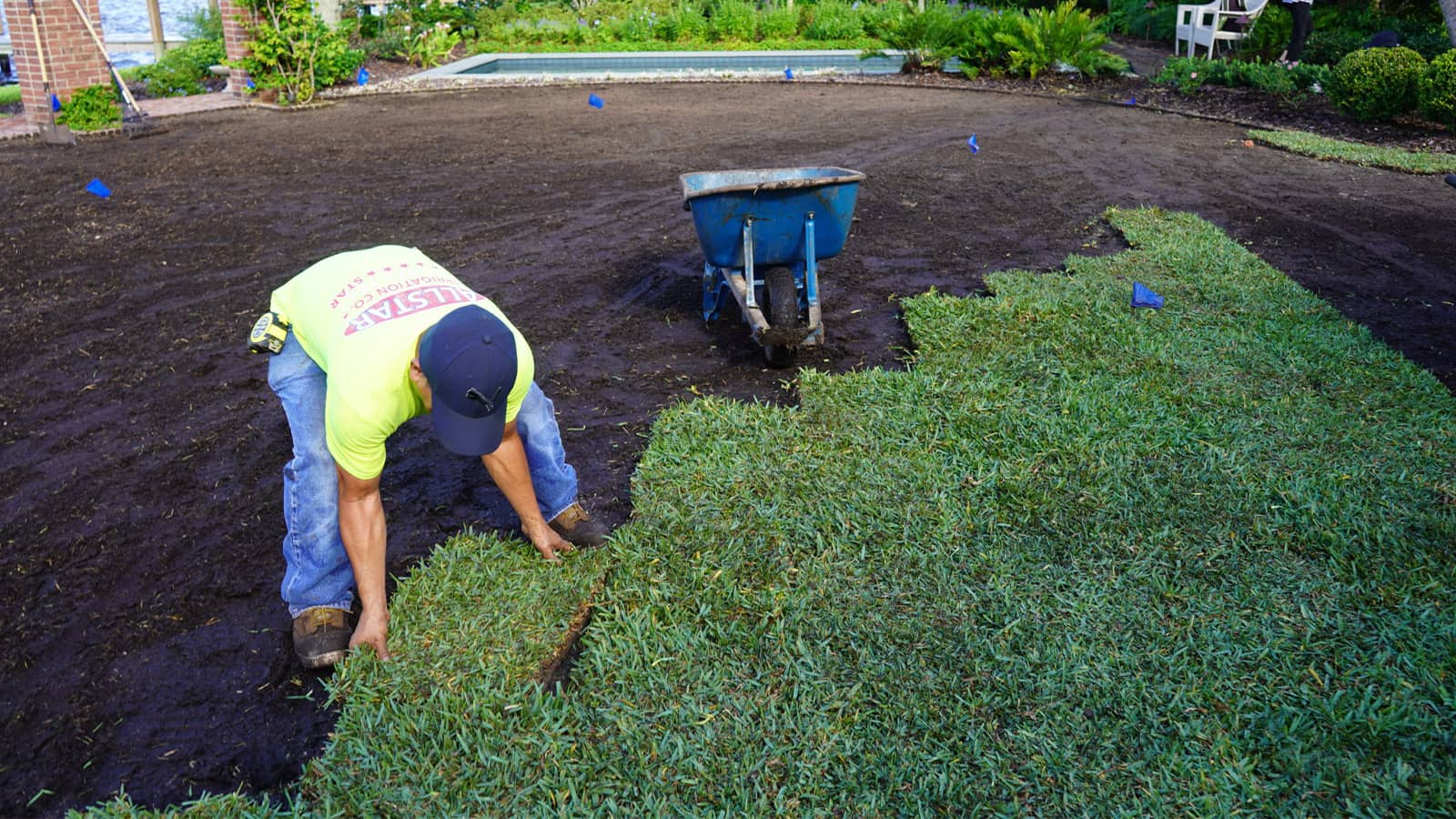
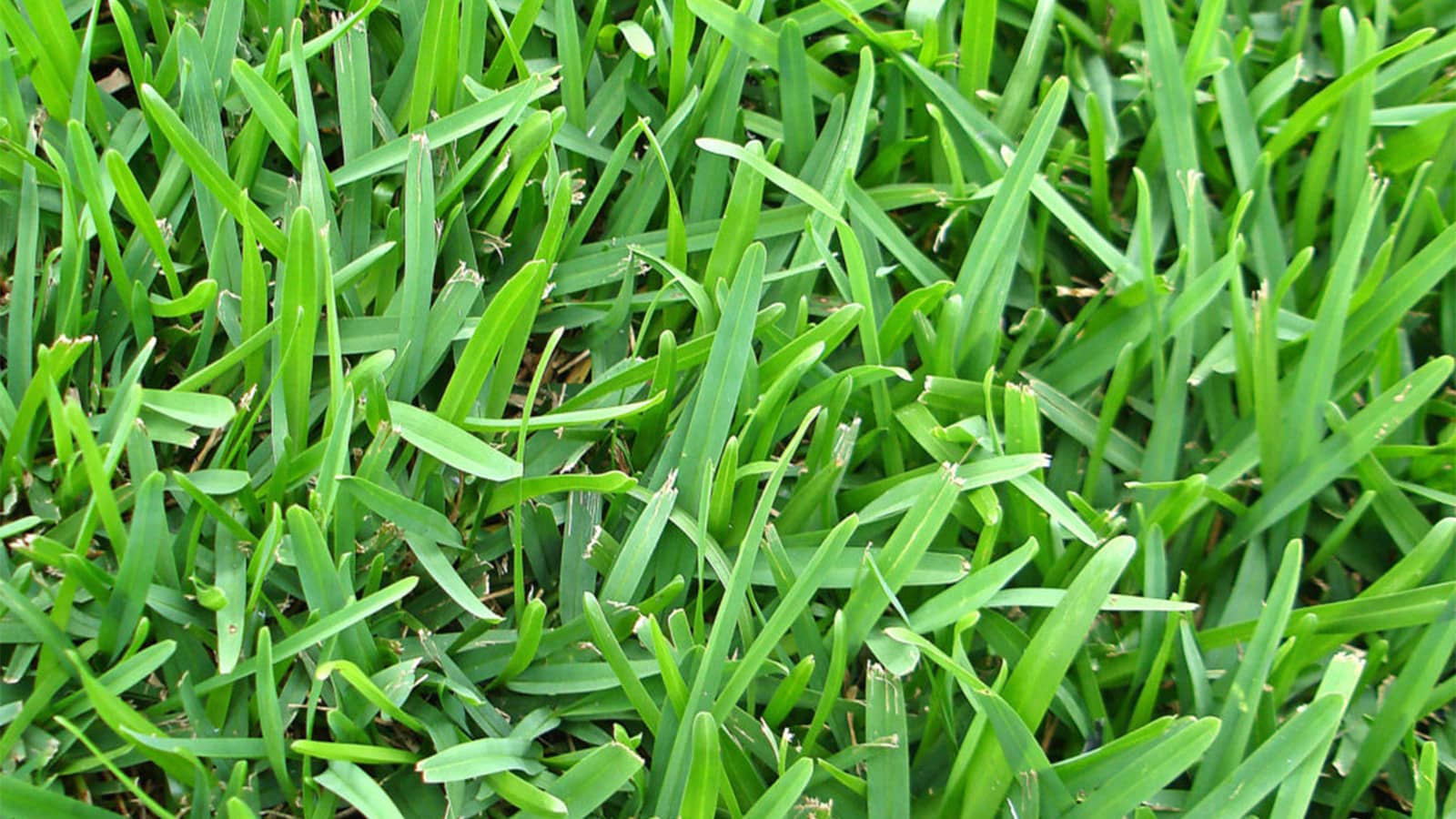

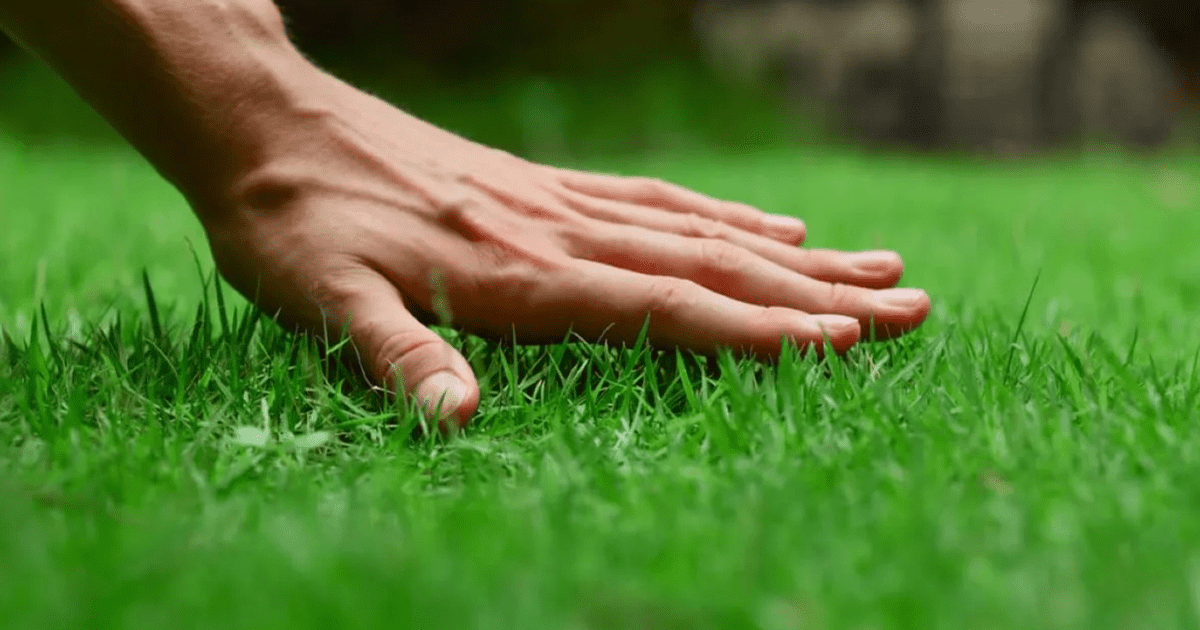
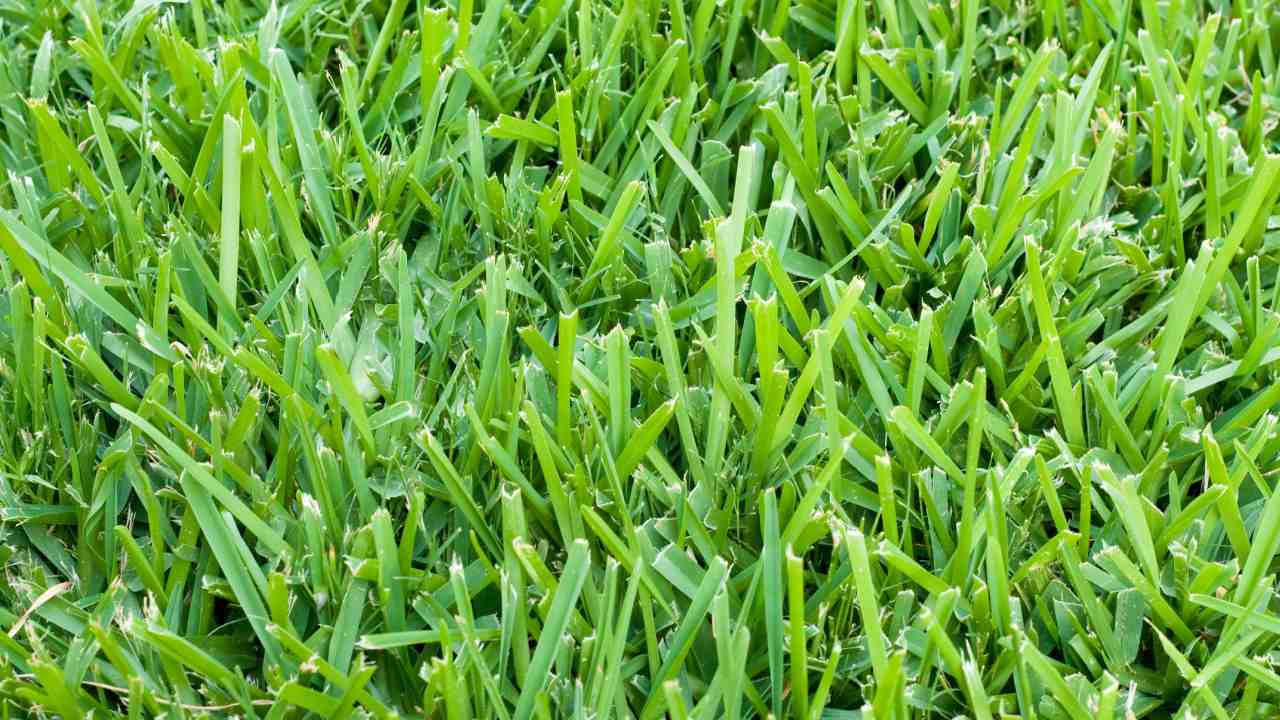
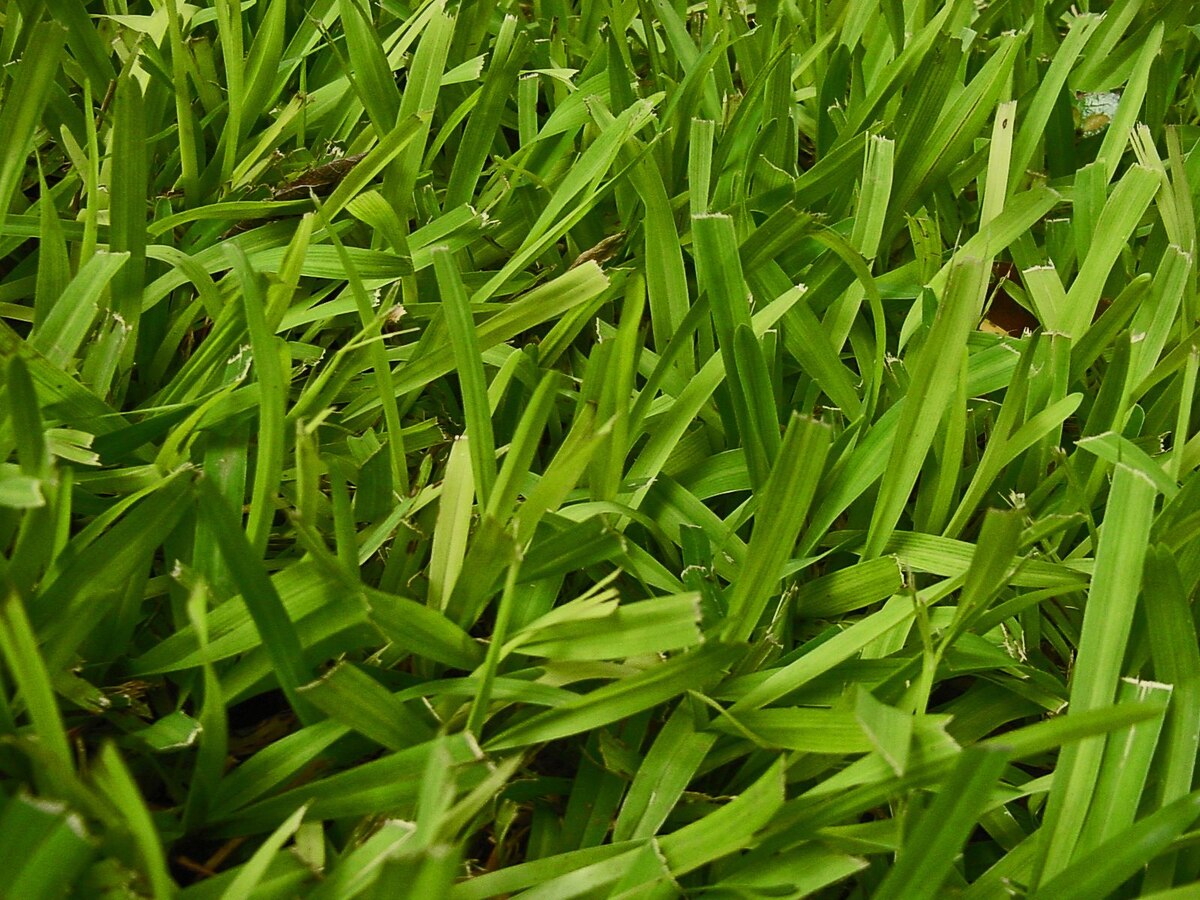
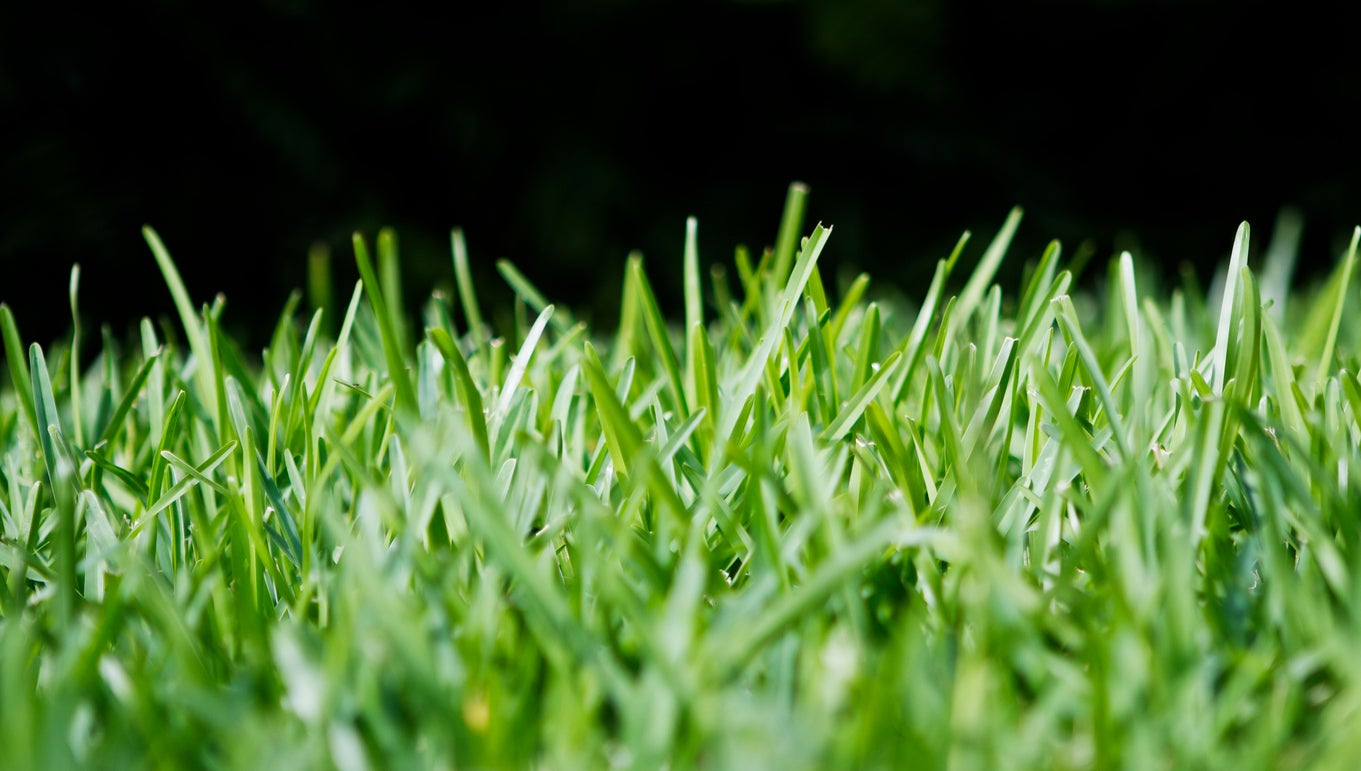
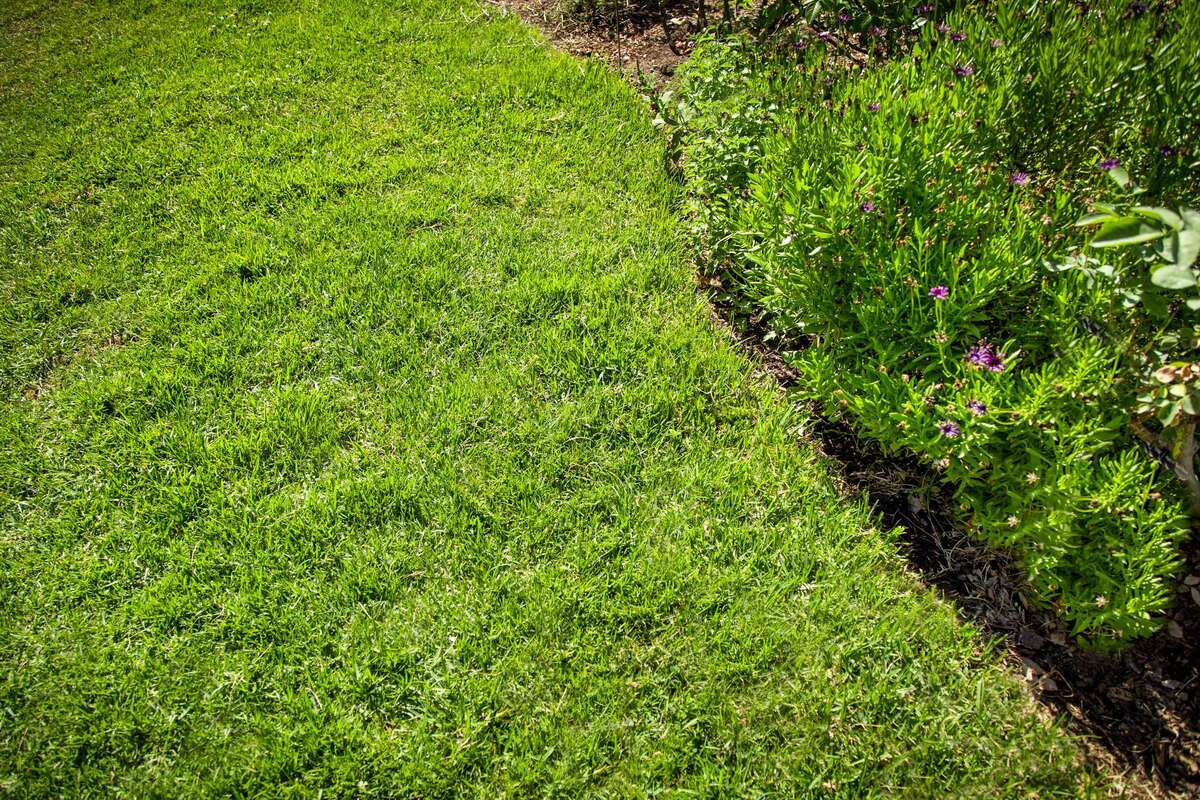
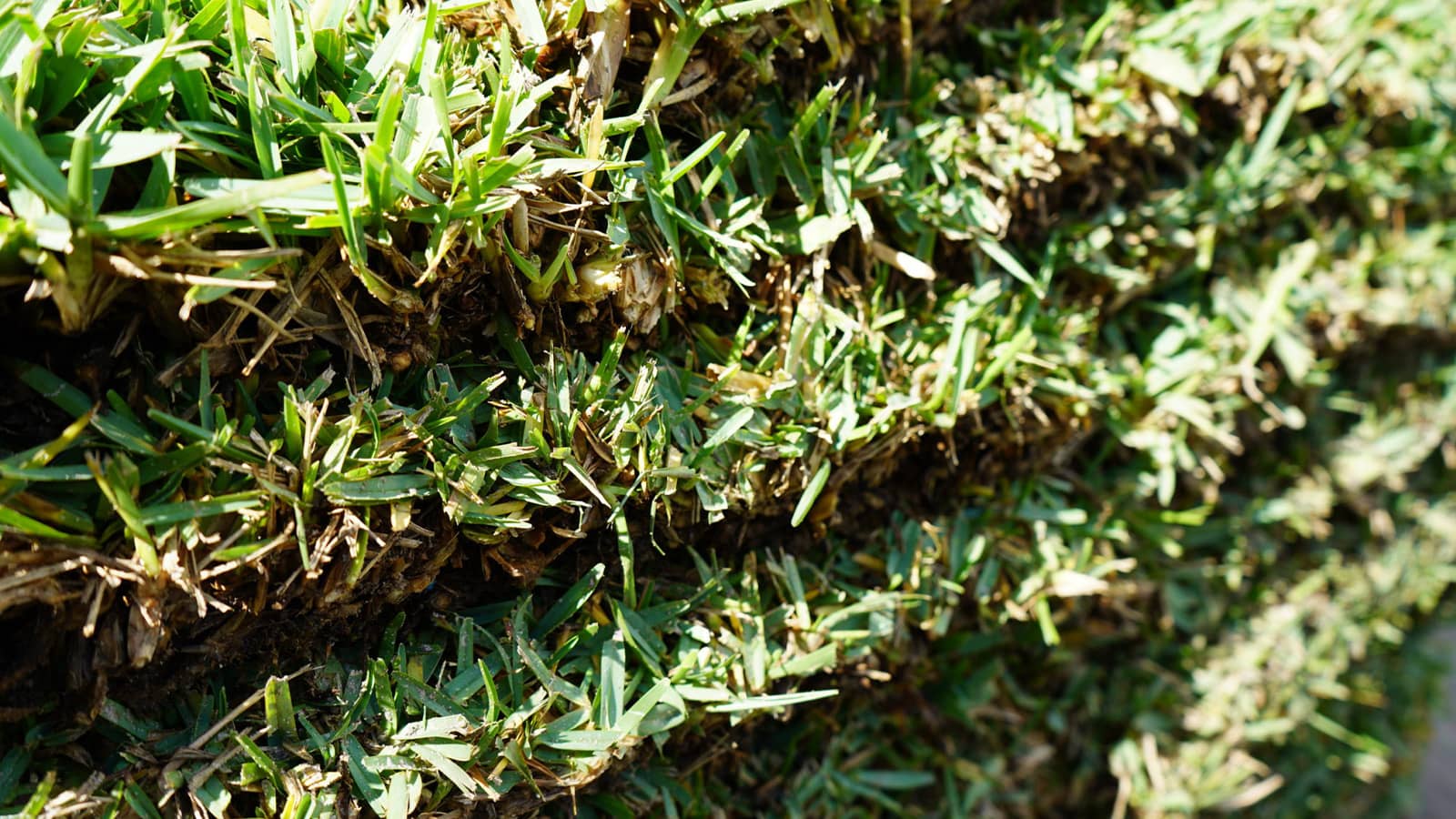
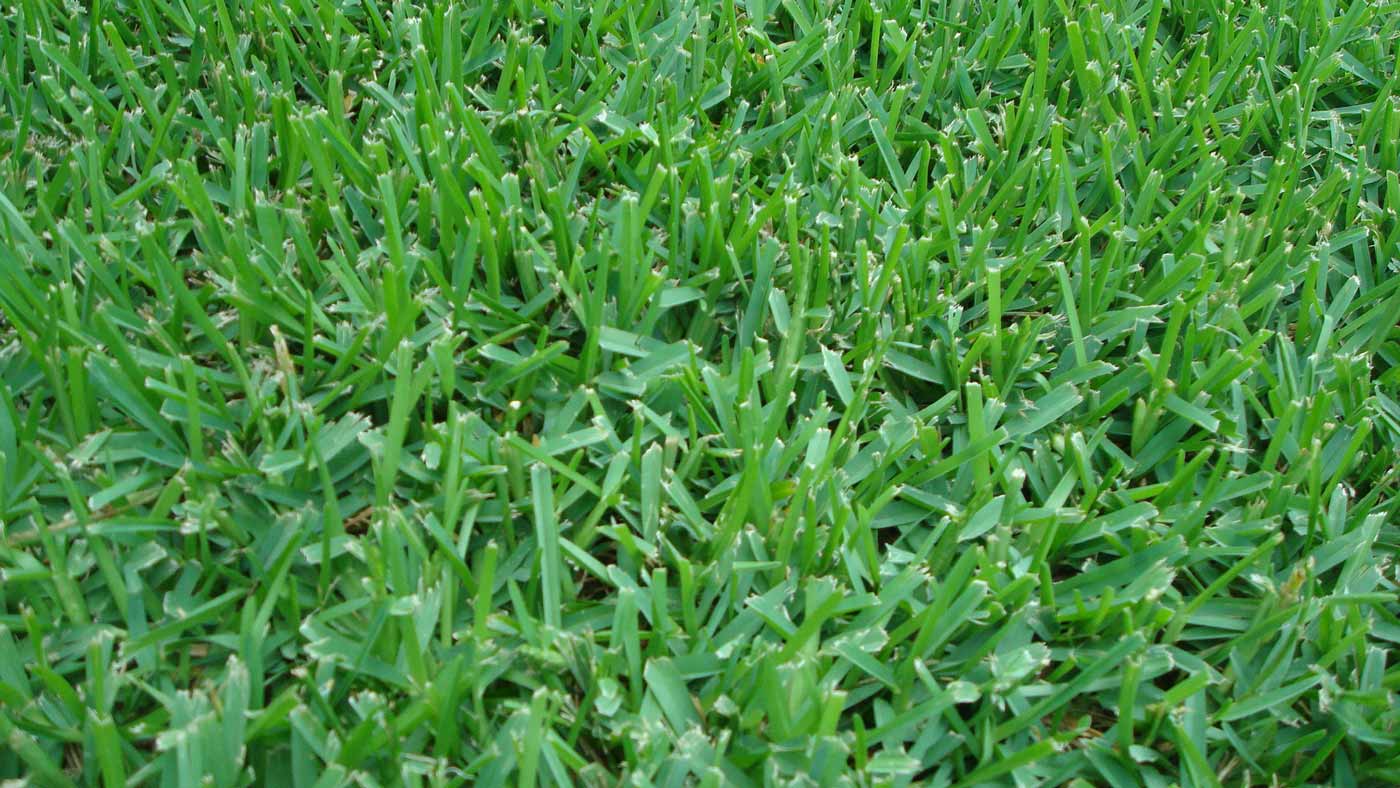
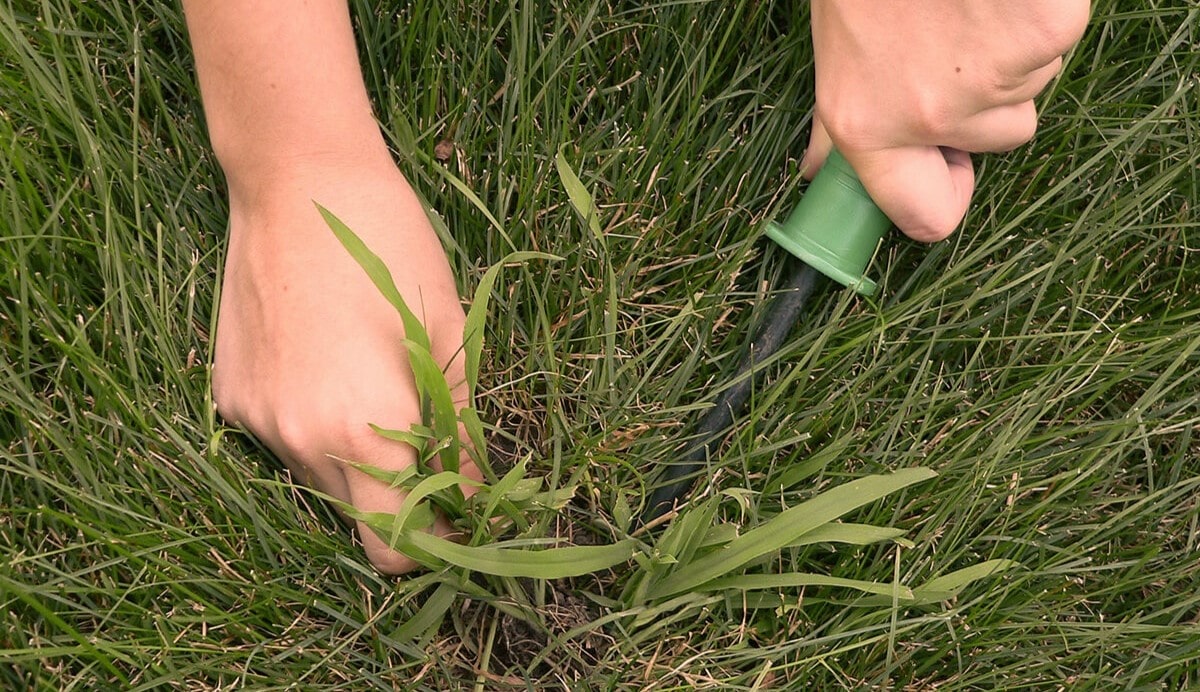
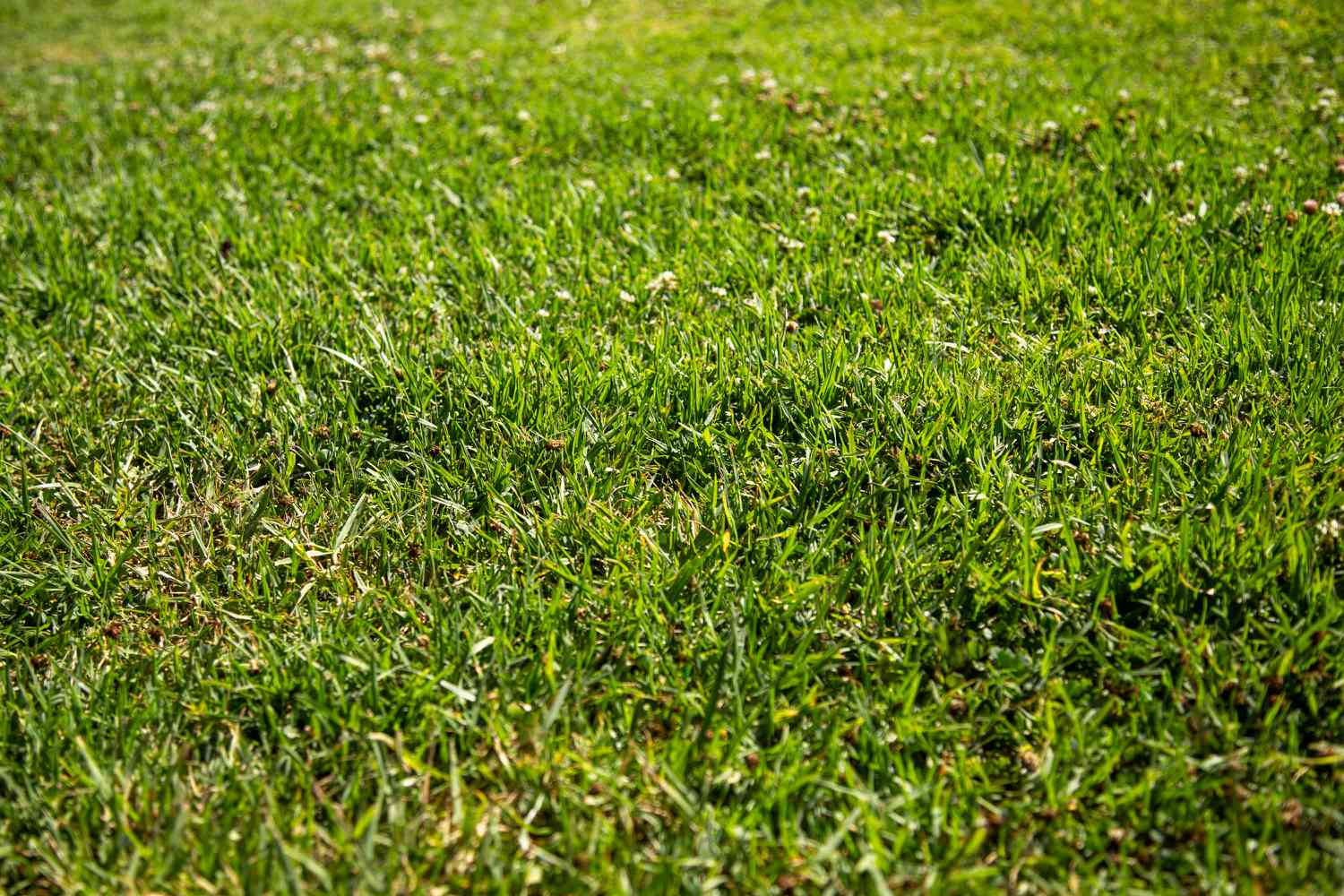
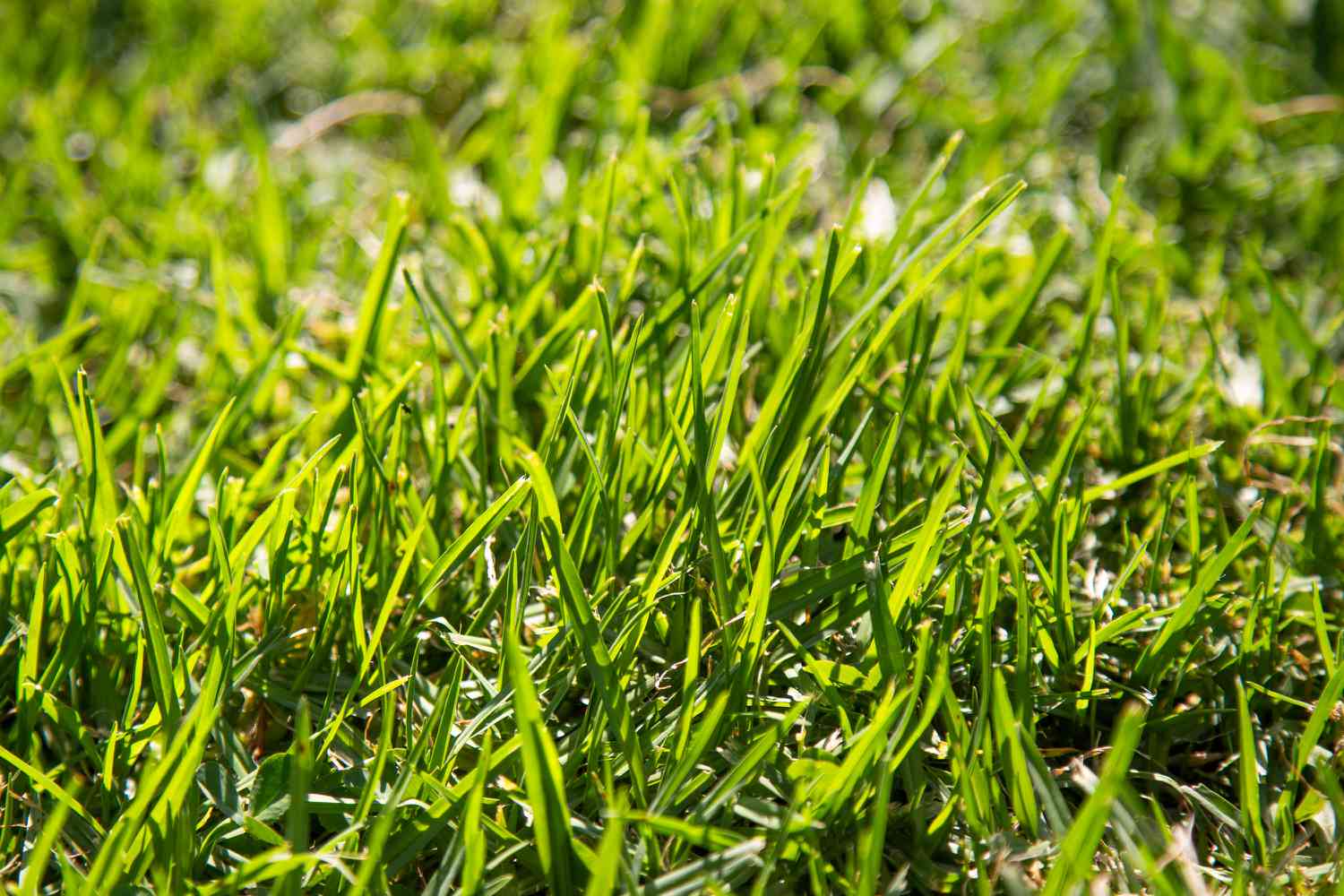

0 thoughts on “What Is The Best Fertilizer For St Augustine Grass”